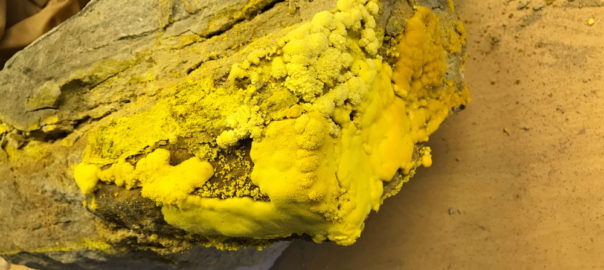- Write by:
-
جمعه 24 ارديبهشت 1400 - 13:31:59
-
380 Visit
-
Print

The Australian Government has allocated $3.5 million to rehabilitate the Rum Jungle copper and uranium mine in the Northern Territory.
The rehabilitation is part of the Australian government’s 2021-22 Budget.
The rehabilitation plan will take 11 years after environmental assessment and approval is completed.
Minister for Resources, Water and Northern Australia Keith Pitt said the allocation of funds in this budget is just a small part of a much larger process.
“The site’s rehabilitation plan follows 10 years of detailed design work and collaboration between the Australian and NT Governments, the Kungarakan and Warai traditional owners, and local stakeholders,” Pitt said.
“It is aimed to maximise long-term and sustainable environmental improvements to the old mine site.”
The plan will focus on using local indigenous vegetation and the proper treatment of waste storage structures.
“The rehabilitation plan addresses feedback from traditional owners, sacred site custodians and other stakeholders. Work will get underway once the plan receives an expected environmental approval later this year,” Pitt said.
According to Minister for indigenous Australians Key Wyatt, the 11-year project is expected to create 61 full-time jobs.
“Rehabilitation works will create sustainable and long-term jobs in engineering, civil construction, land management and environmental monitoring, as well as indirect jobs from supply contractors,” Wyatt said.
“The rehabilitation project will include on-the-job training opportunities for local Indigenous communities, including in civil construction and security, and will provide ongoing careers in conservation land management.
The main objective, Wyatt stressed, will be to transform the site into a safe, stable and sustainable one for the Kungarakan and Warai people.
Rum Jungle began uranium and copper production in the 1954, before halting in 1971.
After $50 million (current day estimates) was spent on the rehabilitation between 1983 and 1986, some assessments put the cost of future clean-ups at $300 million.
Upon abandoning the site, about 640,000 tonnes of tailings were discharged and about 100 square kilometres of floodplains were damaged.
Short Link:
https://www.miningnews.ir/En/News/613485

Oxford Economics Australia has released data showing mine maintenance spending may be hitting its peak. But what does it ...

Copper climbed above $10,000 a ton as predictions for tighter global supplies and rising consumption in electric ...

Canada’s mining industry is pushing for an carveout to the federal government’s proposed increase to capital gains ...

Copper output in Chile, the world’s largest producer of the metal, edged down in March, data from copper commission ...

Panama’s president-elect has ruled out talks with Canadian miner First Quantum Minerals until it drops multiple ...

Botswana President Mokgweetsi Masisi vowed to protect the country’s interests, including its 15% stake in diamond giant ...

Europe’s largest copper producer Aurubis AG reported first-half core profit above expectations on Wednesday, helped by ...

Australia will spend A$566 million ($373 million) over the coming decade to map out resource deposits with a focus on ...

Copper briefly traded through $10,000 a ton as investors raised bets on Federal Reserve rate cuts, and Goldman Sachs ...
No comments have been posted yet ...